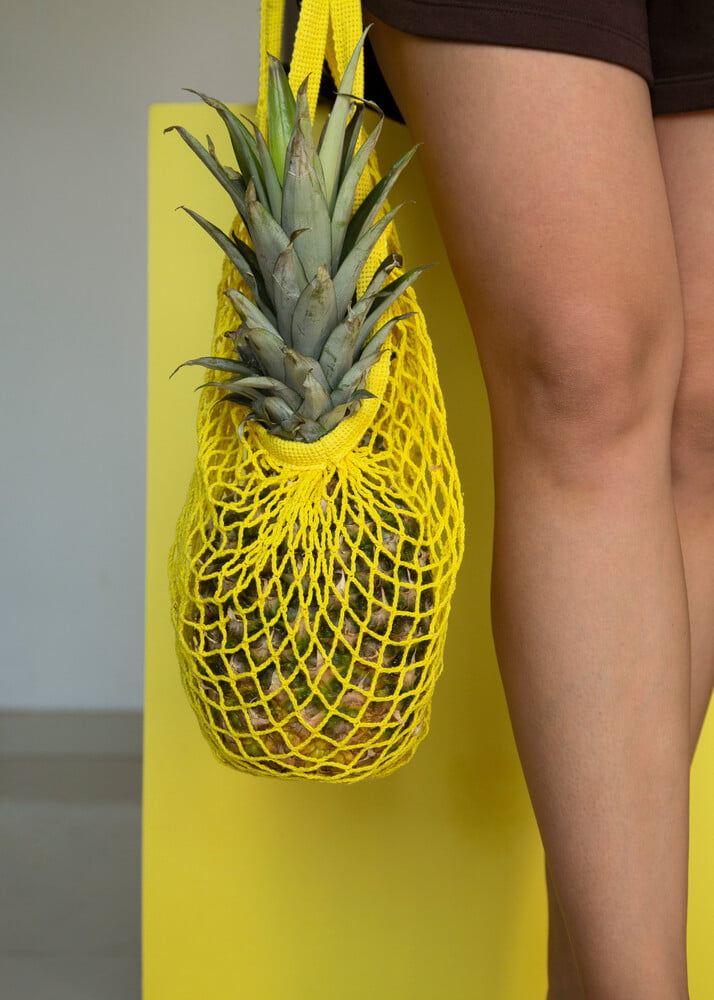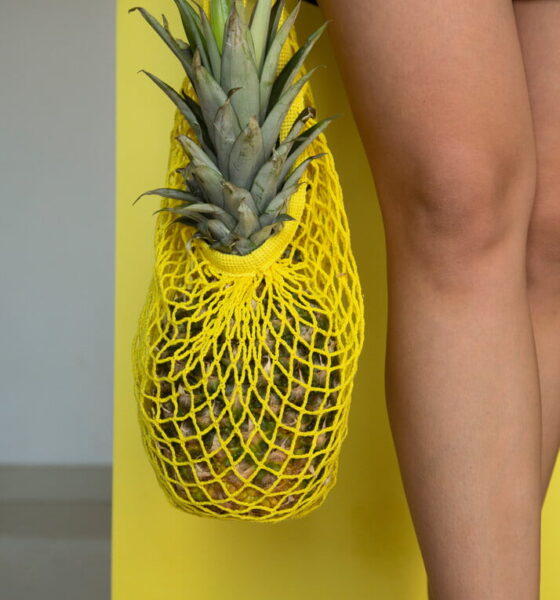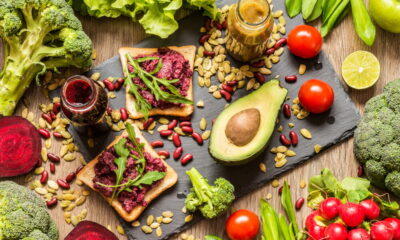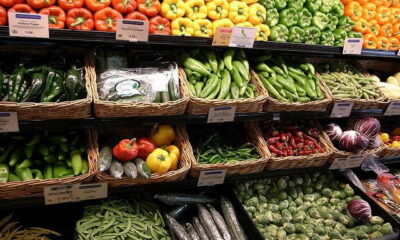

Features
What Exactly Are Vegan Bags Made Of And Are They Durable?
If you are serious about helping the environment, then you should consider the merits of a vegan lifestyle. We have talked about the eco-friendly benefits of veganism in the past.
Vegan diets have a much lower carbon footprint. An estimated 20% of the world’s greenhouse gases are produced by the agricultural sector. Since meat has a much higher carbon footprint than plant foods, people that switch to a vegan diet can go a long way towards lowering their carbon footprint.
There are a number of changes that eco-friendly consumers should make when embracing veganism. These changes go beyond merely eating more plant-based foods to lower their carbon footprint. They should also use vegan bags and other products.
Vegan Bags Can Be Good for the Planet
We all want to do our part to help the environment (well, I mean, most of us do), and one way we can do that is by ditching classic leather and embracing vegan leather. Vegan bags are more eco-friendly than those made from animal leather and just as fashionable. This can be a good way for people to follow a vegan lifestyle and lower their carbon footprint, in addition to eating more vegan meals with sustainable ingredients.
But what exactly are vegan bags made of? Are they as durable as classic leather bags? Should you even bother getting one?
Here, we take a look at the properties of vegan bags and what makes them great (and not-so-great).
What are vegan bags made of?
Vegan bags are made from vegan leather, which is made from materials such as fruit waste (like banana and pineapple fibers, grape skins, and apple skins), recycled plastic and rubber, and polyurethane (a polymer).
Some companies like to use bamboo to make their leather. Bamboo grows incredibly fast and provides strong fibers, so it’s popular for vegan leather production. Bamboo can grow almost 3 feet in one day! Talk about sustainability.
Other materials used to make vegan bags:
- Tree bark leather – made of sustainable timber
- Coolstone leather – made of sewable slate stone
- MuSkin mushroom leather – made of mushrooms
- Piñatex – made of pineapple bush leaves
- Cork
- Lotus flowers
- Paper
How durable are vegan bags?
Like all other products, the durability of a vegan bag depends on who made it and which material they used. In general, faux leather tends to be thinner and not as sturdy as classic leather, which, if treated properly, can last a lifetime.
Most faux leather bags are sturdy enough to hold your dearest possessions for a few years but if you get a plastic-based “vegan” bag, don’t plan on passing one down to your grandkids.
However, sustainable companies realize the need for long-lasting, cruelty-free, eco-friendly leather, and they are doing what they can to satisfy that need. As a result, many of the top brands use cruelty-free faux leather that is just as strong and durable as any animal leather.
Why bother with vegan bags?
Vegan bags are much better for the environment than their classic leather alternatives. For one, your purchase of a vegan bag won’t require the death of an animal. That’s a pretty big point in the win column, right there.
Plus, vegan leather is cheaper to produce than animal leather, resulting in lower-cost vegan bags for you! Plant-based vegan leather manifests from what would otherwise be garbage, and inexpensive materials like polyurethane make plastic-based vegan leather.
In contrast, animal leather requires more resources to produce than you may think. Labor, food, farmland, shelter, fuel, and chemicals are all needed to manufacture classic leather – the cost of which gets passed on to you.
These leather production farms also create huge amounts of methane and even more significant amounts of waste – not a great way to treat Mother Earth just for some fashion accessories.
Since vegan bags are, well, vegan, most of them are also recyclable. When your bag has done all it can do, you can rest easy knowing it won’t sit in a landfill for 1,000 years (as long as you actually recycle it, of course).
Finally, companies that make vegan bags are usually environmentally conscious, and that’s something we want to support and encourage other businesses to be. Vegan bags and other products typically have recycled materials for the lining, plastic, zippers, and other product components.
What’s the issue?
What’s the downside of vegan leather? Well, while synthetics used in vegan leathers break down somewhat, they don’t fully degrade. They can release toxic particles and phthalates, which tend to upset Mama Life-Giver.
Faux leather is vegan but not always plant-based or eco-friendly since a lot of vegan leathers are plastic-based. As most of us know, plastic isn’t the best option for saving the world since it takes many chemicals and produces toxic fumes to manufacture.
Bag It
You don’t need classic leather to have a durable, great-looking bag. You can find vegan leather made from an assortment of different materials and plenty that are just as durable as classic leather bags.
If you really want an environmentally friendly, sturdy, Gaia-approved bag for your fit, go with a plant-based vegan leather bag. Me – well, I’m looking for something with pineapple.






























